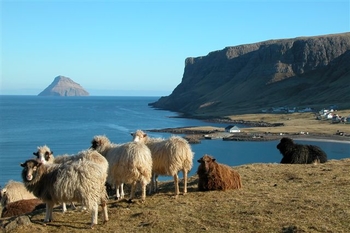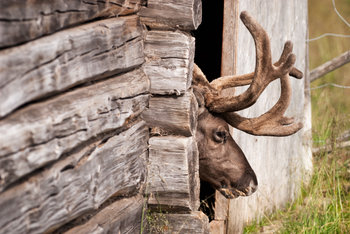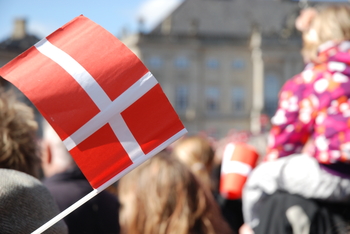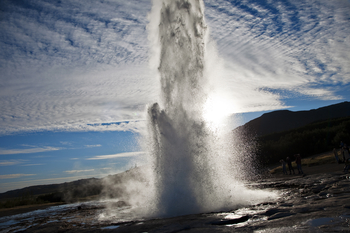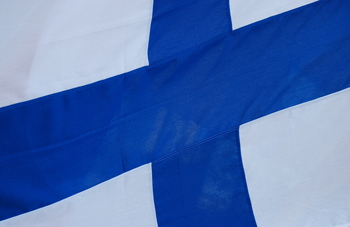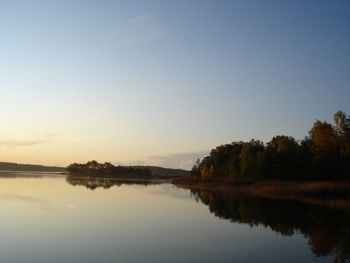Facts about Norway

Norway is a country of mountain ranges, huge forests, vast empty expanses and only about 3% arable land. The population is approximately 5.4 million, around 1.4 million of whom live in and around the capital city, Oslo.
Politics in Norway
Norway is a constitutional monarchy. King Harald V wields no real political power and the parliament, Stortinget, is the highest authority. Although not in the EU, Norway is part of the European Economic Area and a member of NATO.
- National day: 17 May (Constitution Day, 17 May 1814)
- Form of government: Constitutional monarchy
- Parliament: Stortinget (169 members)
- EU membership: No
- EEA Membership: Since Saturday, 1 January 1994
- Head of state: King Harald V
- Head of government (since September 2021): Prime Minister Jonas Gahr Støre (Labour)
The population of Norway
Norway has a slightly smaller population than Denmark and it is spread out over a much larger area – from Lindesnes in the south to Kirkenes in the north. About 1.4 million people live in and around Oslo.
- Population in 2023: 5.488.984
- Population, Oslo 2023: 1.408.760
The population of Norway
The Norwegian economy
The biggest source of national income is the extraction and export of offshore oil and gas. Other significant industries include fishing, steel, shipping and tourism.
- Per capita GDP: €45,700 (2020)
- Currency: Norwegian krone (NOK)
The geography of Norway
Norway has an extensive coastline and is surrounded by sea. Although long, it is not very wide. The scenery is varied and includes deep valleys and high mountains. The highest peak is Galdhøpiggen, 2,469 metres above sea level. Norway also includes the islands of Svalbard and Jan Mayen.
- Total area (excluding Svalbard and Jan Mayen): 323,781 km2
- Lakes and rivers: 18,351 km2
- Land mass: 305,420 km2
- Arable land and horticulture: 8,103 km2
- Forests: 125,301 km2
- Largest lake: Mjøsa 365 km2
- Highest point: Galdhøpiggen, 2,469 m
- Mainland coastline: 28,953 km
- Borders: 2,562 km (with Sweden = 1,630 km, with Finland = 736 km and with Russia = 196 km)
- Inland ice and glaciers: 2,790 km2
The climate and environment in Norway
The climate in Norway is varied, reflecting the size of the country. In the north, close to the Finnish and Russian borders, winters are long and cold, in the south it is milder due to the coastal climate.
- Average temperature Oslo (2021): 5,4° C (max. 29,8°C, min. -15,6°C)
Average temperature (degrees Celsius) Oslo
Norwegian
The official national language is Norwegian. Uniquely, it has two written forms – Bokmål and Nynorsk – both of which enjoy equal status. Work on Nynorsk commenced under Ivar Aasen as a reaction to the fact that Bokmål is based more on written Danish. The idea was to reflect the many, unique dialects in the country.
- Official website: www.norge.no
- Official language: Norwegian
Are you interested in moving to Norway?
If you are interested in moving to Norway, contact Info Norden, the Nordic Council of Ministers’ information service.
Do you want to know more about Norway and the other Nordic countries?
The biennial report State of the Nordic Region provides a comprehensive and unique insight into the Nordic countries, drawing on statistical data on demographics, the labour market, education and the economy in the Region.
Would you like more statistics?
We have collated relevant Nordic data and statistics in the Nordic Statistics database. Learn more here.
